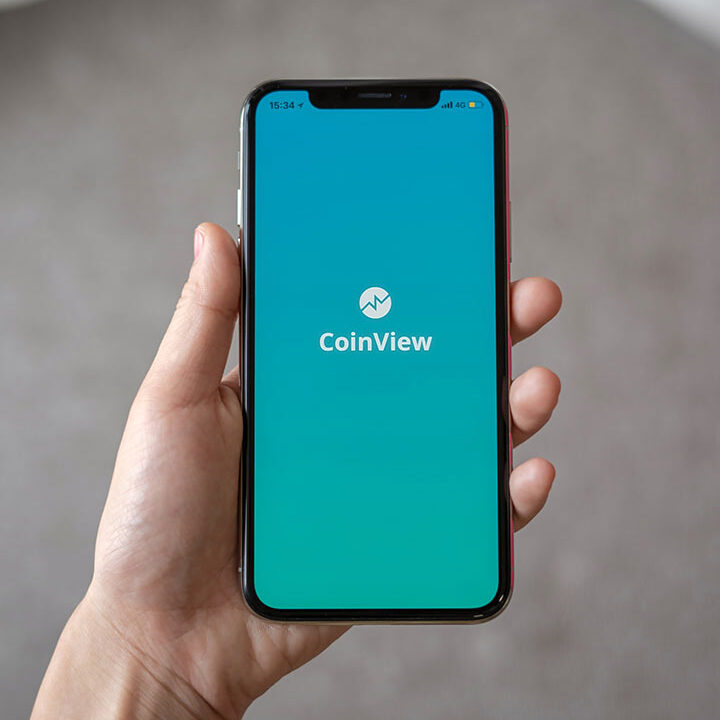In most modern tech stacks, privacy is an afterthought. It’s something patched in after features are shipped, after scale is reached, and often—after things go wrong. At SealedWeb, we believe that’s backward.
Privacy isn’t a feature.
It’s a foundational design principle.
In this post, we’ll break down how SealedWeb approaches system design to prevent betrayal by architecture. This is for developers, architects, and anyone building systems that need to protect the user—even from themselves.
🧱 The Core Design Principle: “Cannot Betray”
At SealedWeb, this is practically an adage that we believe in as strongly as we believe in cause-and-effect.
If a system can be coerced, misconfigured, or silently reprogrammed to violate user trust, it eventually will be—whether by internal actors, external threats, or changes in policy.
Our goal is to build systems that can’t:
-
Read user data without permission
-
Leak metadata silently
-
Log behavior behind the scenes
-
Be reconfigured to bypass privacy guarantees
We call this: Sealed by Design.
🔐 What That Means in Practice
Let’s break down the principles behind SealedWeb’s architecture:
1. Data is Encrypted—Always, and End-to-End
We don’t store user data in plaintext, ever—not in transit, not at rest, not in memory. We use:
-
Strong, user-scoped encryption keys
-
No server-side decryption of content
-
Cryptographic separation between users, even on the same system
🧠 Implication for developers: You can’t “accidentally” log or expose sensitive data—it’s sealed before it reaches any shared layer.
2. The Server Can’t See Inside
The server is blind by default. That’s intentional.
-
We use zero-knowledge architecture patterns where the server routes, stores, and manages encrypted data without accessing its contents.
-
Operations are based on cryptographic assertions, not trust in the app logic.
🧠 Implication for architects: No privileged backend processes with super-admin visibility. Root access ≠ user access.
3. Authentication Without Centralized Identity
We don’t use username/password logins or OAuth with Big Tech.
-
SealedWeb uses decentralized identifiers (DIDs) and cryptographic keypairs as the basis of identity.
-
Your identity lives with you—not in our database.
🧠 Implication for developers: No need to trust third-party auth systems. Identity is portable, recoverable, and user-owned.
4. Black-Box Verifiability Instead of Source Access
We don’t open-source our code—but we don’t expect blind trust either.
-
We submit our platform to external, independent black-box audits.
-
These tests simulate real-world adversaries: no source code, no assumptions, just attack surface and response.
🧠 Implication for engineers: Build as if you’ll be tested from the outside. Because you will be.
5. No Central Logging of User Behavior
This is non-negotiable. SealedWeb doesn’t log user actions by default. We log:
-
System-level telemetry (performance, errors)
-
Never sensitive user data, identity trails, or message patterns
🧠 Implication for system designers: Observability must be decoupled from privacy. You can debug systems without profiling users.
6. Sealed Environments and Tamper-Evident Logs
Where appropriate, we use:
-
Isolated, ephemeral environments for sensitive processes
-
Cryptographically signed logs for system events
This makes unauthorized changes traceable—or impossible.
🧠 Implication for DevOps: Infrastructure should be provably consistent and sealed. Monitoring shouldn’t compromise privacy.
💡 Why This Matters
When systems are sealed by design, they’re:
-
Resilient to policy changes
-
Resistant to insider threats
-
Inherently respectful of user boundaries
You don’t need to “trust the team” not to look at the data. The system simply doesn’t allow it.
🚧 Trade-offs & What We’ve Learned
Designing this way means:
-
Feature development is slower
-
Traditional analytics are unavailable
-
You have to rethink debugging, rollback, and disaster recovery
But the resulting system is fundamentally safer, more trustworthy, and far better aligned with long-term ethical goals.
🔚 Final Thoughts: Architect for Dignity, Not Just Scale
You can’t add privacy later. You have to build it in from the start—with guardrails that even the builders can’t bypass. That’s how you create systems that cannot betray their users—not because you wouldn’t, but because you literally can’t.
At SealedWeb, that’s our bar.
And we invite developers and architects everywhere to raise theirs, too.








